A Universal Congress
“In a real sense all life is inter-related. All men (women) are caught in an inescapable network of mutuality, tied in a single garment of destiny. Whatever affects one directly, affects all indirectly. I can never be what I ought to be until you are what you ought to be, and you can never be what you ought to be until I am what I ought to be. This is the inter-related structure of reality.”
— Martin Luther King Jr., Letter from Birmingham Jail
Under conditions of high stress and economic disaster driven by the pandemic, human knowledge and capacities are exploding with creative and scientific potential. Globalization is driving the transformation of culture everywhere. The vision of “The One” or “The Whole” is emerging as the foundation of a new organic theology fused from all great spiritual traditions. Internet technology is reaching new maturity. Cognitive psychology is developing breakthrough models. Whole-systems theory is becoming more widely studied. Many are experiencing the reality that everything is connected to everything else—our essential interbeing.
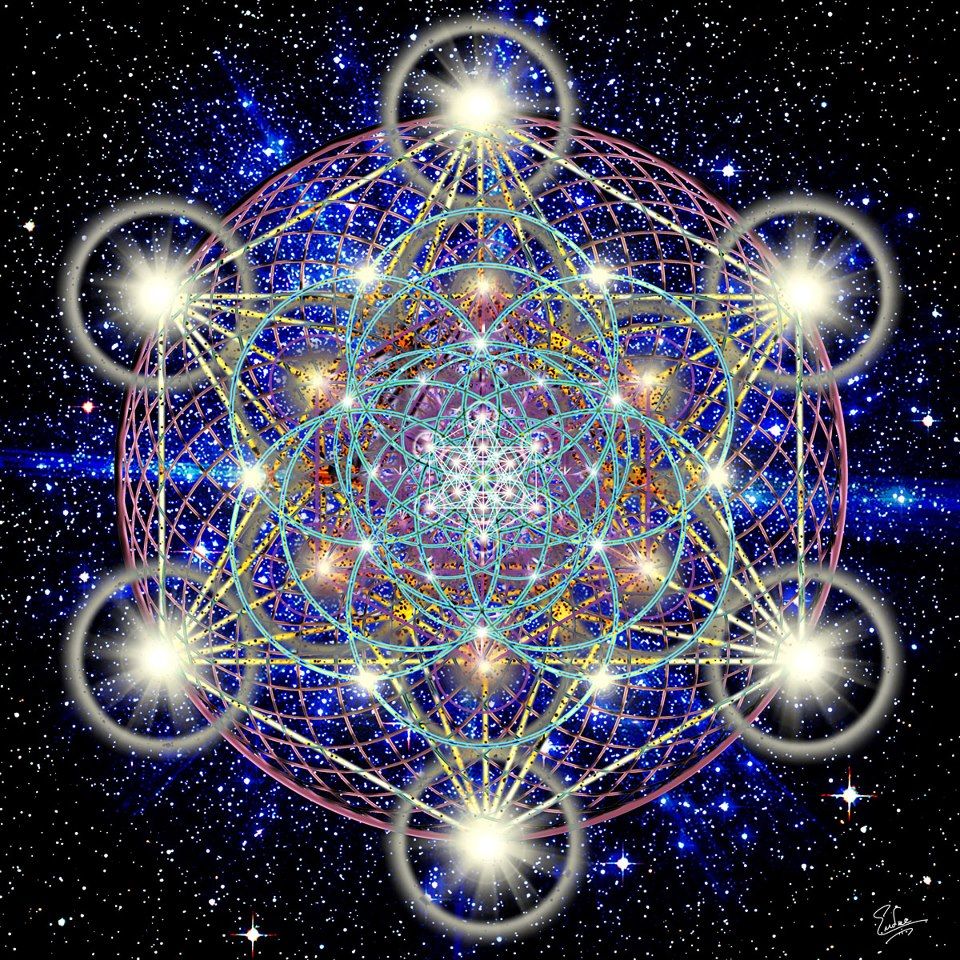
At the same time, many societies have never been more fragmented, divided or fragile. The increase in our collective capacity carries with it a corresponding increase in the complexity of our challenges, creating greater potential for division and disagreement. We are experiencing the future shock Alvin Toffler warned of 50 years ago. All around us, we see our institutions in crisis and many of our assumptions called into question. Despite our tremendous communications, human beings have never been less sure of the truth.
The Pandemic has driven what some have called “The Great Pause”—a moment in history where human activity has slowed and people are driven inside under lockdown, spawning a sustained period of inner contemplation and reassessment for many on the one hand, and a burst of outward connection in meetings of all kinds over the internet on the other. The moment is ripe for an evolutionary leap.
A UNIVERSAL CONGRESS
We propose that a Universal Congress bring together into one body the many entities working on behalf of humanity today. A Universal Congress is an integrated international network of individuals and agencies interconnecting at multiple levels of scale, local to global. Such a Congress is envisioned to help organize and coordinate the work of thousands of independent groups, agencies and NGOs, concerned with issues of human welfare who want to work with others around the world. This collaborative process can be held together by principles of co-creation and can take on issues of concern in the world as outlined in the 17 UN Sustainable Development Goals.
Representing all cultures, issues, skills, beliefs, and branches of science, we propose that expertise from every sector and specialization of human understanding be convened to enable and empower “the voice of the people.” This vision is based on idealized principles of democracy, enabling “all voices to be heard,” and is grounded in and guided by ancient ideals of co-creation and mutual respect often found in indigenous cultures.
This Congress would be a global-scale interconnected network capable of taking on every issue of concern that arises for the human community anywhere. It affirms that “human beings (and all life everywhere) are in a single bond of relationship.” It is supported and informed by the internet and grounded in wisdom, skill, expertise, and co-creation. Where artificial intelligence can be helpful, it can certainly be included.
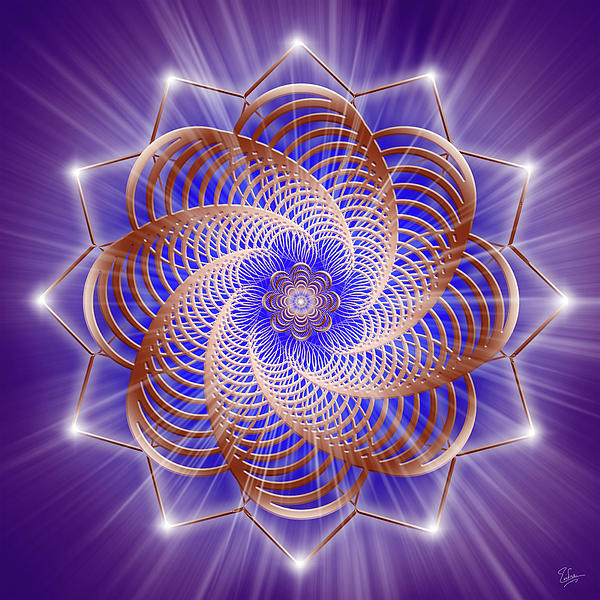
The integrative power of this design emerges from the interdependence of the 17 UN Sustainable Development Goals, which are defined as a holistic spectrum of human concerns, ranging across all levels of social organization, and addressing every major crisis in the world under at least one category.
The “SDGs” represent a sophisticated and widely recognized assessment of our global situation and are defined in a way that invites partnership. In the context of an emerging holistic vision of a “world that works for everyone”, the SDGs offer an organizing agenda that has already generated unprecedented collaboration.
Today, as the world gathers itself in preparation for the challenges that lie ahead, sociologists, artists, academics, scientists, business leaders and activists are finding each other and spontaneously agreeing to work together under the banner and matrix of these broad specifications.
A Proposed organizing structure:
- The system design should embody multiple levels of scale—extending in a branching structure from the global—“the all,” “the whole,” “the one”—to every level of social organization and locality in the world.
- The design must encourage a convergence of interpretations of the SDGs, as they fan out from their common center of compassionate care to every major concern in the world today.
- Like the human body, the network should operate “cybernetically.” Closely related to ideas from Johann Rockström on “planetary boundaries” and Kate Raworth on “doughnut economics,” a process of interdependent homeostatic balancing and negotiation should help guide particular adjustments and decisions at any point in the global grid.
- A master-list of detailed and specialized categories of concern can emerge under widely-inclusive democratic bottom-up input and simplified where necessary.
There are many thousands of agencies and organizations working to address or solve problems related to the SDGs. Working together, we should
- Declare and establish a highly desirable and inspiring and graceful form of order and organization on the internet and help converge secular/civil society towards it.
- Reach everybody anywhere—every person, every institution, every agency working to improve society or the lives of people in some way.
- Function as a magnetic attractor drawing the world towards positive energy.
- Develop a network of interconnected circles (groups of people), each of which operates under its own autonomy.
The process of “meeting in circle” is a venerable tradition that extends across many cultures and throughout history. An atmosphere of trust, careful listening and mutual respect is established in a group. Circles can help reconcile human differences. “All circles have centers”—and this property is widely understood as significant. As MIT professor William Issacs said in his book Dialogue and the Art of Thinking Together, “Dialogue is a conversation with a center, not sides.”
The experience and practice of the circle opens a pathway to a collaborative spirituality which can be profoundly mystical for those who are open to it and follow its laws. Participation in the process is guided by a simple covenant of mutual respect and co-creation, based on listening and perhaps a shared attunement with a guiding principle such as “Good of the Whole.”
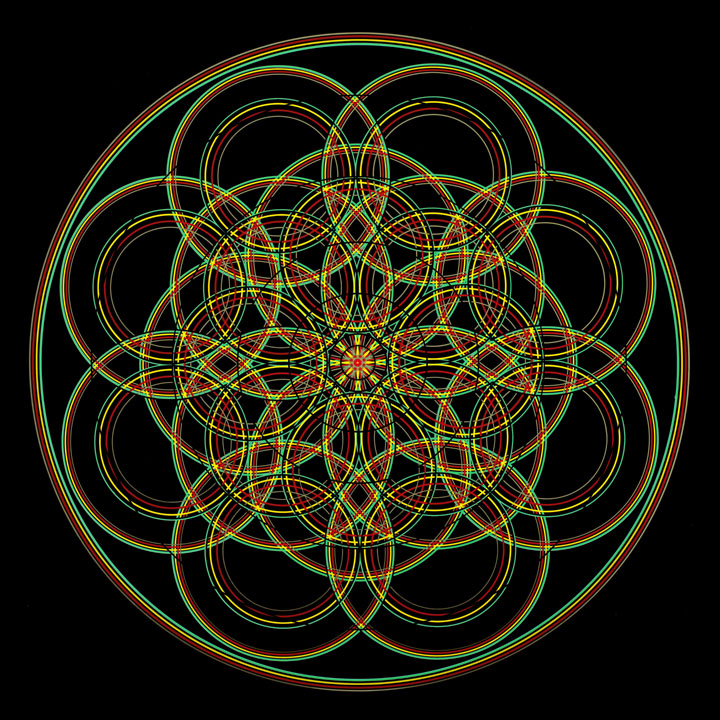
When a circle process is understood as sacred, the possibilities for inspired co-creation are accelerated by attunement to basic spiritual principles, including:
- Oneness – in each individual in the circle and in the universe
- Alignment to common center
- The interconnection of all things
- Resonance
- Axis Mundi – the central energy channel of reality
- Personal and group connection to the divine
The architecture of the Congress is conceived as a network of interconnected circles (groups of people), each of which operates under its own autonomy. These independent circles are held in co-creative resonance with all other circles, at any level of scale, by principles of co-creation which are shared across all circles, and by principles of “alignment to center” which promise balance, inclusion, and universal perspective. Taken together, these guiding principles promote balance, inclusion, interpersonal resonance, and healthy collaborative decision-making (governance).
Driven by new visions and inspiration and by a reaction against the limits of “reductionist and mechanistic science,” new holistic and whole system ideas are making their way into the world. Sophisticated studies of the human body show that organs and cells do not function as isolated independent units but work together in an intimately connected flow where the apparent boundaries between “parts” can be artificial and misleading. Today, leading thinkers are recommending a path of biomimicry that recognizes the innate wholeness of many organic and natural processes. We can follow these principles in the development of new governance models.
There is an also emerging thinking that seeks to resolve tension between mathematics, science, culture, spirituality, philosophy, and semantics. These emerging ideas enable us to see the world more holistically. The Global Congress we propose embodies the best of these ideas.
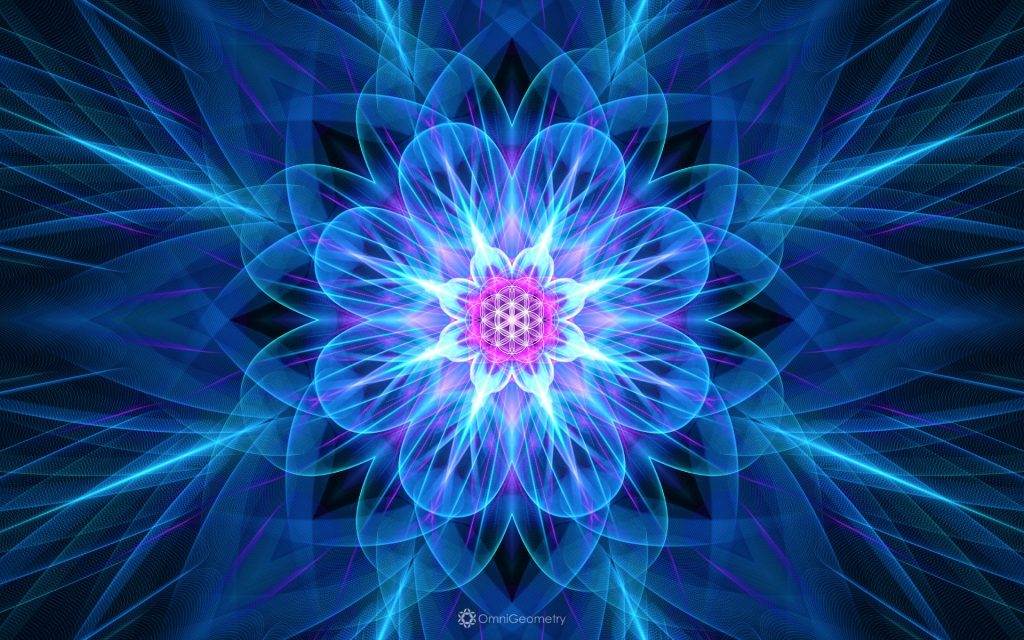
References
- Cocreator’s Handbook, by Carolyn Anderson: http://t.ly/CpHW
- Calling the Circle, by Christina Baldwin: http://t.ly/ol1j
- The Circle Way: https://peerspirit.com/the-circle-way/
- Whatever the problem, community is the answer: https://berkana.org/home/
- The map is not the territory: http://t.ly/Htx4
- What a digital government look like (TED talk): http://t.ly/cWbO
Articles on Ubiquity (Humanity Rising)
- A broad review of the convergence of ideas across the full spectrum of human understanding at this special time in history: The Grand Vision
- Integral framework for the full range of human thinking and concepts, defined across a spectrum: The Bridge Across Consciousness
- Homeostatic negotiation – a cybernetic/homeostatic model of the self-regulation of global society: Homeostatic Negotiation
- The Sacred Tree – ancient indigenous model of reality and spiritual law and wholeness linked to Phil Lane and Jon Ramer: The Sacred Tree
- Martin Luther King on Beloved Community: Martin Luther King on the principles of Beloved Community
- Mohandas Gandhi on non-violence and human unity: Gandhi on Beloved Community


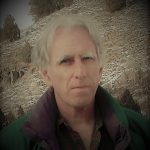
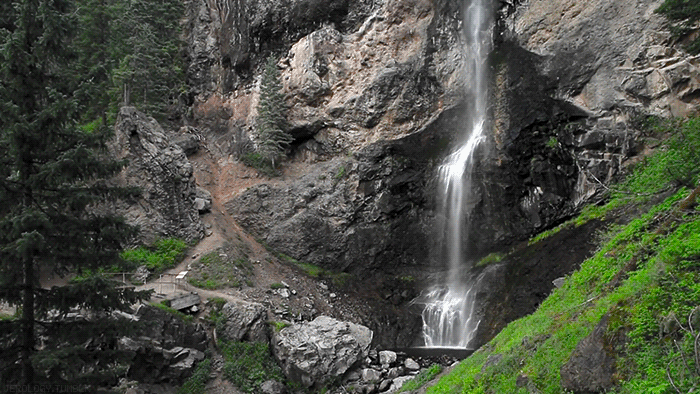

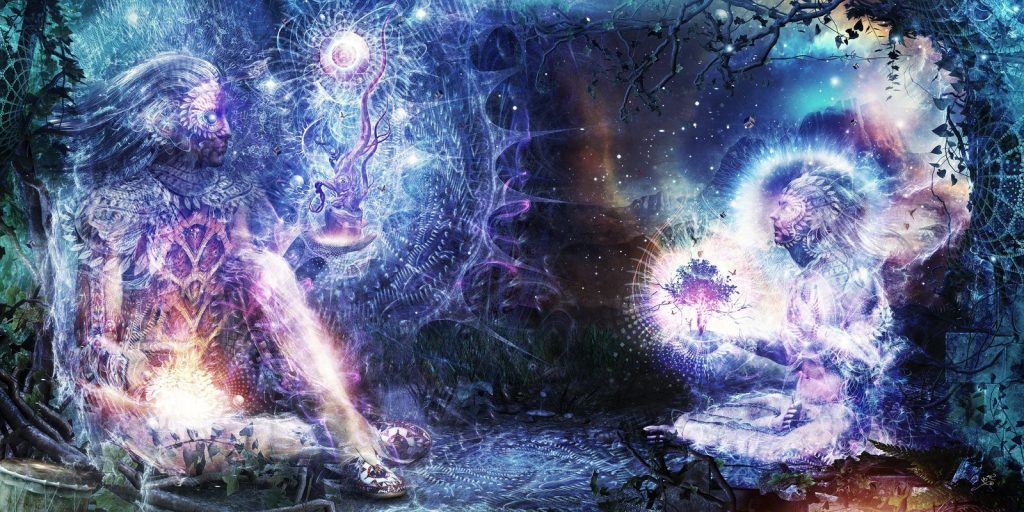
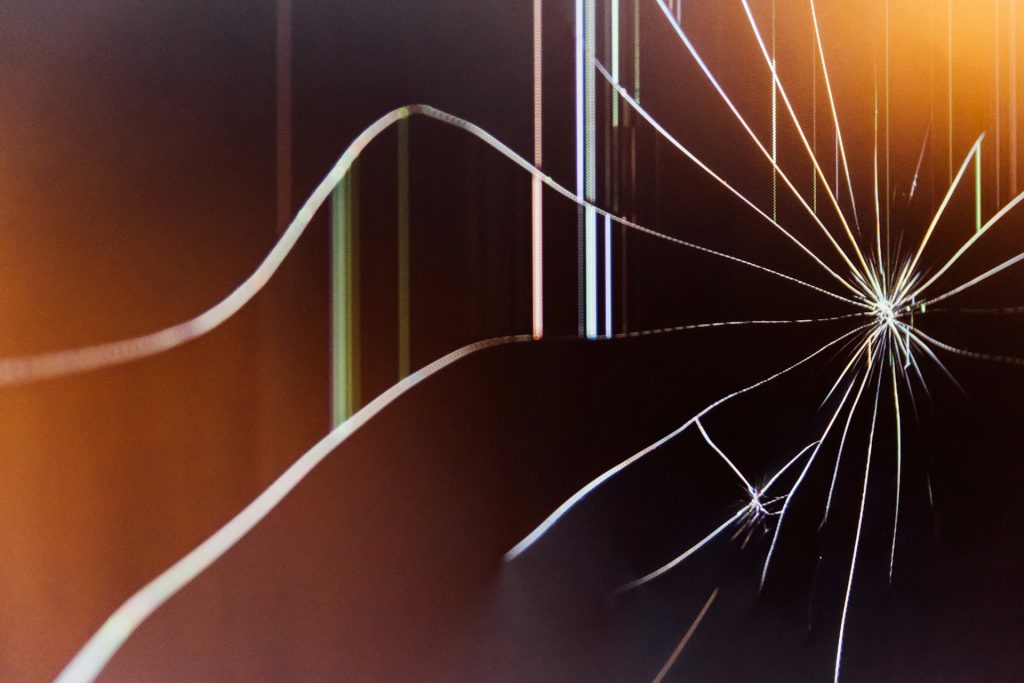
Wonderful Bruce. Tell us More!
Thank you for sharing some jnana.
‘Jnana is a Sanskrit term that means “spiritual knowledge” or “wisdom.” It denotes a knowledge of
the Self that is inseparable from the Divine, rather than worldly knowledge (vijnana) obtained
through learning or experience. Jnana is an inward experience or awareness that one is free from
worldly and mental burdens and inseparable from mental burdens and inseparable from brahman
(absolute reality).’ — Yogapedia.com
Dear Journal staff, in my above comment, the last sentence has these words that should be deleted:
“and inseparable from mental burdens” as they Accidentally repeated in my copy/paste.
Thank you.
Sorry. The correct quote from yogapedia.com is:
‘Jnana is a Sanskrit term that means “spiritual knowledge” or “wisdom.” It denotes a knowledge of the Self that is
inseparable from the Divine, rather than worldly knowledge (vijnana) obtained through learning or experience.
Jnana is an inward experience or awareness that one is free from worldly and mental burdens and inseparable
from brahman (absolute reality).’
Thanks for correcting my original comment!